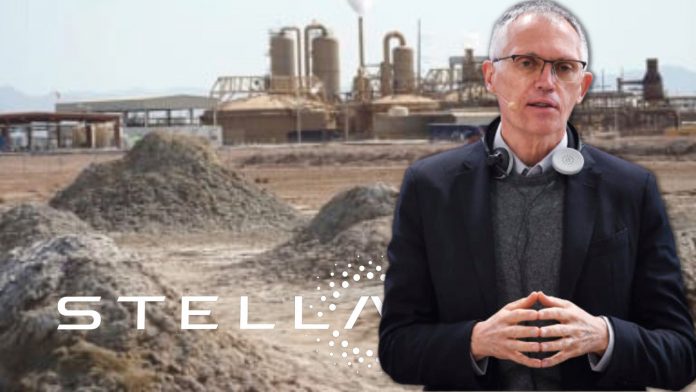Stellantis revealed its’ investing more than $100 million into California’s Controlled Thermal Resources, its latest bet on the direct lithium extraction (DLE) sector amid the global hunt for new EV battery metal sources.
The investment by the Chrysler and Jeep parent follows the green energy translation and U.S Inflation Reduction Act that have fueled concerns regrading supplies of lithium and other materials possibly falling short of strong demand predictions.
The two most popular but environmentally problematic methods to extract the battery metal, open pit mines and massive evaporation ponds, are avoided using DLE technologies, which differ. Still, all aim to physically filter lithium from salty brine sources.
Stellantis, which has stated that by 2030, half of its fleet will be electric, also committed to almost increasing the quantity of lithium it will purchase from Controlled Thermal, bringing an earlier order to 65,000 metric tons annually for at least ten years, beginning in 2027.
Controlled Thermal CEO Rod Colwell states, “This is a significant investment and goes a long way toward developing this key project.” After flashing steam off the brines to spin turbines that will start producing power early next year, the company aims to spend more than $1 billion to separate lithium from the extremely hot geothermal brines collected beneath California’s Salton Sea. The amount of carbon released during lithium manufacture is anticipated to decrease thanks to that renewable energy.
Colwell said that silica and other undesirable elements could be eliminated using a $65 million plant that Controlled Thermal recently installed. The lithium would subsequently be removed using DLE technology that Koch Industries has licensed. He noted, “We’re quite pleased with the equipment. “We’ll fulfill our promise. There is simply no question.”
The relationship with Controlled Thermal, according to Stellantis CEO Carlos Tavares, is “an important step in our care for our customers and our planet as we work to provide clean, safe, and affordable mobility.”




